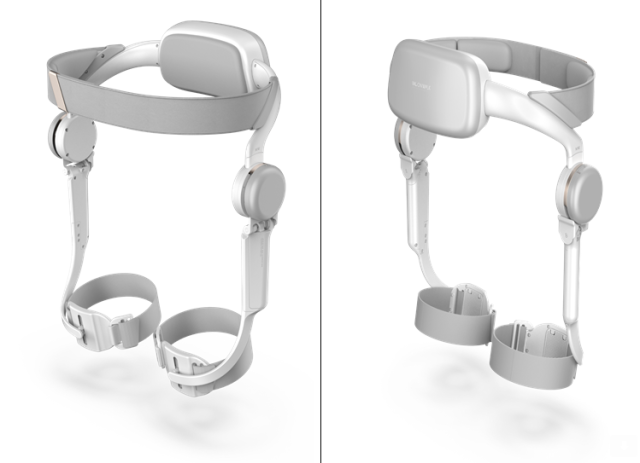
[Courtesy of KAIST]
Artificial muscles are being researched for exoskeletal and robot devices that would greatly enhance the wearer's strength and speed. The technology is recognized especially in the military sector for enhancing the performance of soldiers, but its development is sluggish due to researchers finding it hard to invent something that has better performance than human muscles.
The main factor that hinders the development of high-performance artificial muscles is that scientists are not able to mechanically select a certain part of the artificial muscle to contract and expand. Large and bulky artificial muscles were not so accurate.
The Korea Advanced Institute of Science & Technology (KAIST) collaborated with Busan University to apply graphene to a liquid crystal elastomer material that contracts and expands depending on temperatures. The test prototype was capable of lifting a one-kilogram (2.2 pounds) dumbbell. An artificial inchworm created with muscle fiber moved three times faster than its living counterpart.
"Starting with this technological research, we can use practical artificial muscle materials in various sectors including robotics and wearables," KAIST researcher Kim Sang-ouk said in a statement on December 5. He said that there had been artificial muscles with one or two outstanding material characteristics but there was no invention that had overall outstanding characteristics ideal for practical uses.
Copyright ⓒ Aju Press All rights reserved.





View more comments